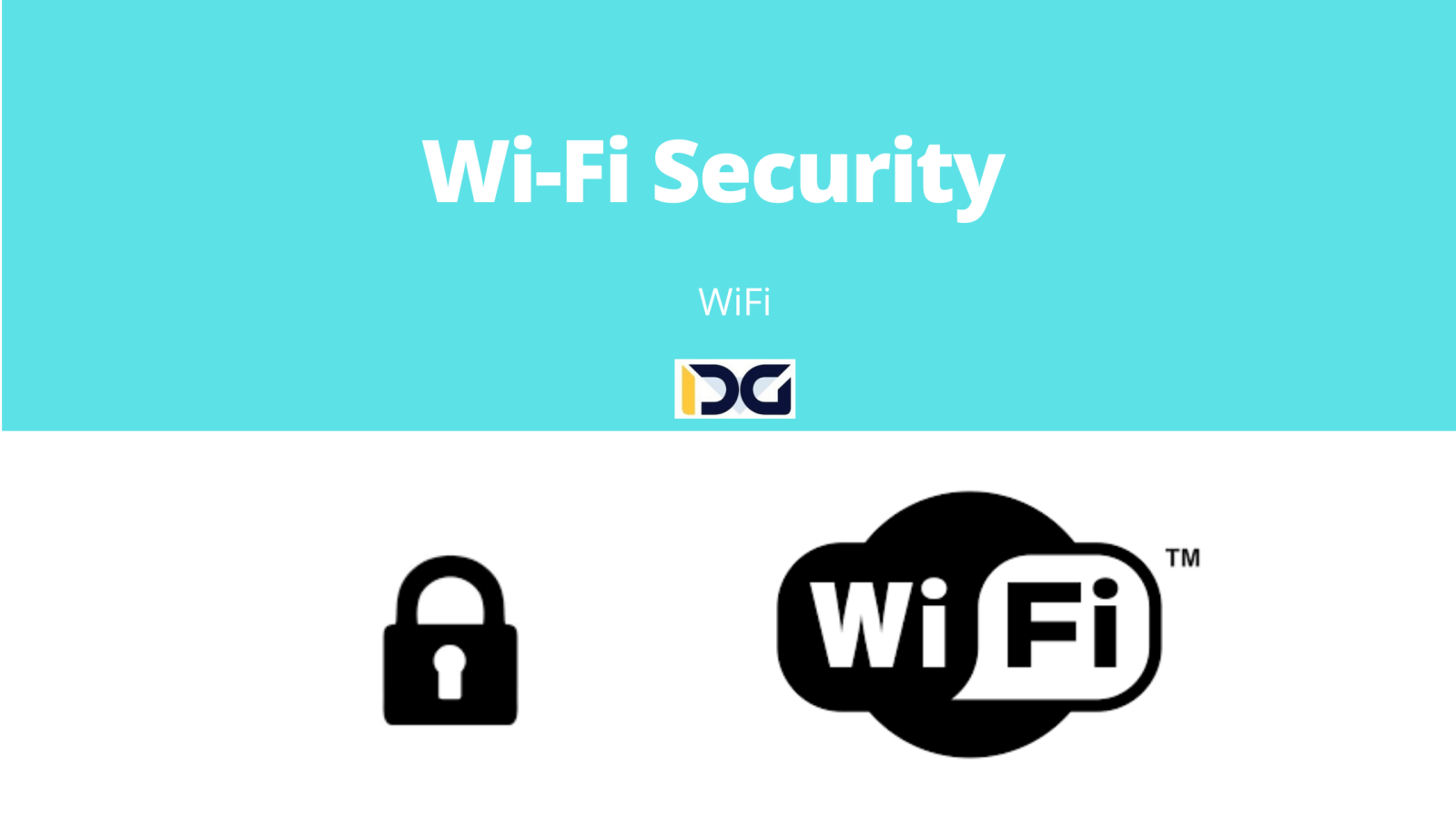
Czym jest bezpieczeństwo Wi-Fi?
Bezpieczeństwo Wi-Fi odnosi się do środków i protokołów stosowanych w celu ochrony sieci bezprzewodowych przed nieautoryzowanym dostępem i naruszeniem danych. Zapewnia to, że tylko autoryzowani użytkownicy mogą uzyskać dostęp do sieci i korzystać z niej, a dane przesyłane przez Wi-Fi pozostają poufne i bezpieczne.
Co to znaczy, że sieć Wi-Fi jest “bezpieczna”?
Bezpieczna sieć Wi-Fi oznacza, to taka w której wdrożono adekwatne środki szyfrowania i uwierzytelniania, aby zapobiec nieautoryzowanemu dostępowi. Taka sieć chroni również dane podczas przesyłania, szyfrując je, dzięki czemu są nieczytelne dla nikogo bez klucza deszyfrującego.
Czy WEP jest nadal uważany za bezpieczny?
Nie, WEP (Wired Equivalent Privacy) nie jest uważany za bezpieczny. Był to pierwszy protokół bezpieczeństwa Wi-Fi, ale ma znane luki w zabezpieczeniach i może być łatwo złamany przez atakujących. Używanie WEP nie jest zalecane do zabezpieczania sieci Wi-Fi.
Co oznacza skrót WPA?
WPA to skrót od Wi-Fi Protected Access. Jest to seria protokołów bezpieczeństwa zaprojektowanych w celu zabezpieczenia sieci bezprzewodowych i zastąpienia mniej bezpiecznego WEP.
Czy Wi-Fi potrzebuje zabezpieczeń?
Tak, sieci Wi-Fi wymagają zabezpieczeń w celu ochrony przed nieautoryzowanym dostępem i naruszeniem danych. Bez odpowiednich zabezpieczeń sieci Wi-Fi są podatne na różne zagrożenia i ataki.
Dlaczego ochrona sieci Wi-Fi jest ważna?
Ochrona sieci Wi-Fi jest niezbędna, aby zapobiec nieautoryzowanemu dostępowi, kradzieży danych i podsłuchiwaniu. Zapewnia również integralność i dostępność sieci, chroniąc poufne informacje.
Jakie są najpopularniejsze zabezpieczenia sieci Wi-Fi?
Najpopularniejsze protokoły bezpieczeństwa Wi-Fi to WPA2 i WPA3, przy czym WPA3 jest najbezpieczniejszym i zalecanym wyborem.
Jakie są główne problemy związane z bezpieczeństwem Wi-Fi?
Główne problemy związane z bezpieczeństwem Wi-Fi obejmują słabe szyfrowanie, przestarzałe protokoły bezpieczeństwa, nieodpowiednią ochronę hasłem i możliwość ataków typu Man-in-the-Middle.
Jakie są rodzaje zabezpieczeń sieci Wi-Fi?
Istnieje kilka rodzajów protokołów bezpieczeństwa Wi-Fi, w tym WEP, WPA, WPA2 i WPA3, z których każdy oferuje różne poziomy bezpieczeństwa.
Jakie protokoły zabezpieczeń są używane w sieciach Wi-Fi?
Protokoły bezpieczeństwa używane w sieciach Wi-Fi obejmują WEP, WPA, WPA2 i najbezpieczniejszą opcję, WPA3.
Jak zabezpieczyć połączenie Wi-Fi?
Aby zabezpieczyć połączenie Wi-Fi, należy używać silnego i unikalnego hasła, włączyć WPA3, jeśli jest obsługiwany, regularnie aktualizować oprogramowanie układowe routera i wyłączyć zdalną administrację.
Jak zabezpieczyć domową sieć bezprzewodową na potrzeby telepracy 2023?
Zabezpieczenie domowej sieci bezprzewodowej na potrzeby telepracy w 2023 r. obejmuje korzystanie z najnowszych protokołów bezpieczeństwa, takich jak WPA3, używanie silnych haseł, włączanie uwierzytelniania dwuskładnikowego oraz aktualizowanie urządzeń i oprogramowania układowego.
Jak mogę zwiększyć bezpieczeństwo mojej darmowej sieci Wi-Fi?
Aby zwiększyć bezpieczeństwo darmowej sieci Wi-Fi, należy rozważyć korzystanie z VPN, unikać dostępu do poufnych danych i zachować ostrożność przy łączeniu się z sieciami, ponieważ publiczne sieci Wi-Fi mogą być mniej bezpieczne.
Jaki jest najlepszy protokół bezpieczeństwa Wi-Fi?
Najlepszym protokołem bezpieczeństwa Wi-Fi jest WPA3, ponieważ oferuje on najwyższy poziom bezpieczeństwa i jest zalecany do ochrony sieci bezprzewodowych.
Jaki jest najlepszy protokół zabezpieczeń dla sieci domowych?
Najlepszym protokołem bezpieczeństwa dla sieci domowych jest również WPA3, ponieważ zapewnia silną ochronę przed potencjalnymi zagrożeniami.
Który protokół jest lepszy, WPA, WPA2 czy WPA3?
WPA3 jest lepszy zarówno od WPA, jak i WPA2, ponieważ oferuje zwiększone bezpieczeństwo i ochronę przed nowoczesnymi zagrożeniami.
Czy WPA3 jest bezpieczniejsze niż WPA2?
Tak, WPA3 jest bezpieczniejszy niż WPA2. Usuwa znane luki w zabezpieczeniach i wprowadza nowe funkcje bezpieczeństwa, co czyni go lepszym wyborem dla bezpieczeństwa Wi-Fi.
Co jest lepsze, WEP czy WPA?
WPA2 jest znacznie lepszy niż WEP pod względem bezpieczeństwa. WEP jest przestarzały i niezabezpieczony, podczas gdy WPA2 oferuje solidniejszą ochronę.
Co jest bezpieczniejsze? WEP czy WPA?
WPA jest bezpieczniejsze niż WEP. WEP ma dobrze znane luki w zabezpieczeniach, podczas gdy WPA zapewnia lepsze bezpieczeństwo sieci Wi-Fi.
Który tryb zabezpieczeń jest najlepszy dla sieci Wi-Fi?
Najlepszym trybem zabezpieczeń dla Wi-Fi jest WPA3, a następnie WPA2, ponieważ oferują one najwyższy poziom bezpieczeństwa i ochrony przed zagrożeniami.
Jaki jest cel sieci VPN?
VPN (Virtual Private Network) służy do tworzenia bezpiecznego i szyfrowanego połączenia przez niezabezpieczoną sieć, taką jak Internet. Zapewnia prywatność i bezpieczeństwo danych, dzięki czemu jest niezbędnym narzędziem bezpieczeństwa online.
Czy VPN może chronić dane w publicznych sieciach Wi-Fi?
Tak, VPN może chronić dane w publicznych sieciach Wi-Fi, szyfrując ruch internetowy, utrudniając hakerom przechwytywanie i podsłuchiwanie danych.
Jakie są najsłabsze zabezpieczenia sieci Wi-Fi?
Najsłabszym zabezpieczeniem Wi-Fi jest WEP, ponieważ ma znane luki w zabezpieczeniach i jest stosunkowo łatwy do złamania przez atakujących.
Jak można zwiększyć bezpieczeństwo Wi-Fi?
Aby zwiększyć bezpieczeństwo Wi-Fi, można korzystać z najnowszych protokołów bezpieczeństwa, takich jak WPA3, używać silnych i unikalnych haseł, włączyć uwierzytelnianie dwuskładnikowe i regularnie aktualizować oprogramowanie sprzętowe routera.
Jakich narzędzi można użyć do zwiększenia bezpieczeństwa Wi-Fi?
Narzędzia takie jak zapory sieciowe, systemy wykrywania włamań i oprogramowanie antywirusowe mogą być używane do zwiększania bezpieczeństwa Wi-Fi poprzez wykrywanie i zapobieganie zagrożeniom bezpieczeństwa.
Jakie są typowe rodzaje zagrożeń bezpieczeństwa Wi-Fi?
Typowe zagrożenia bezpieczeństwa Wi-Fi obejmują ataki Man-in-the-Middle, podsłuchiwanie, nieautoryzowany dostęp i ataki siłowe na słabe hasła.
Jakie jest najbezpieczniejsze hasło Wi-Fi?
Najbezpieczniejsze hasło Wi-Fi to długa i złożona kombinacja wielkich i małych liter, cyfr i znaków specjalnych. Unikaj używania łatwych do odgadnięcia haseł.
Czy powinienem używać WPA3?
Tak, powinieneś używać WPA3, jeśli twoje urządzenia go obsługują, ponieważ oferuje on najwyższy poziom bezpieczeństwa Wi-Fi i ochronę przed nowoczesnymi zagrożeniami.
Jak zmienić zabezpieczenia sieci Wi-Fi?
Aby zmienić zabezpieczenia Wi-Fi, przejdź do ustawień routera i wybierz protokół zabezpieczeń, którego chcesz używać (np. WPA3) w ustawieniach sieci bezprzewodowej.
Jak zmienić zabezpieczenia Wi-Fi na WPA3?
Aby zmienić zabezpieczenia Wi-Fi na WPA3, przejdź do ustawień routera i poszukaj opcji przełączenia na WPA3 w ustawieniach zabezpieczeń sieci bezprzewodowej. Upewnij się, że Twoje urządzenia ją obsługują.
Dlaczego mój laptop prosi o klucz bezpieczeństwa dla Wi-Fi?
Twój laptop prosi o klucz bezpieczeństwa, aby połączyć się z siecią Wi-Fi, aby upewnić się, że masz autoryzowane poświadczenia dostępu. Jest to środek bezpieczeństwa zapobiegający nieautoryzowanemu dostępowi.
Jakie są funkcje i ustawienia zabezpieczeń sieci Wi-Fi?
Funkcje i ustawienia zabezpieczeń Wi-Fi obejmują protokoły szyfrowania (np. WPA3), ochronę hasłem, kontrolę dostępu do sieci i aktualizacje oprogramowania układowego.
Jakie funkcje zabezpieczeń Wi-Fi działają domyślnie?
Domyślnie większość routerów jest wyposażona w podstawowe funkcje bezpieczeństwa, w tym szyfrowanie WPA2 i ochronę hasłem. Konieczne jest dostosowanie i ulepszenie tych ustawień w celu zwiększenia bezpieczeństwa.
Skąd mam wiedzieć, jaki rodzaj zabezpieczeń ma moja sieć Wi-Fi?
Rodzaj zabezpieczeń sieci Wi-Fi można sprawdzić, uzyskując dostęp do ustawień routera lub sprawdzając ustawienia zabezpieczeń na urządzeniu podczas łączenia się z siecią.
Jak znaleźć klucz zabezpieczeń sieci Wi-Fi?
Klucz zabezpieczeń sieci Wi-Fi można znaleźć, uzyskując dostęp do ustawień routera lub sprawdzając klucz zabezpieczeń podany podczas początkowej konfiguracji sieci Wi-Fi.
Czy można ukryć sieć Wi-Fi?
Tak, możliwe jest ukrycie sieci Wi-Fi poprzez wyłączenie rozgłaszania SSID w ustawieniach routera. Nie czyni to jednak sieci całkowicie niewidoczną dla zdeterminowanych napastników.
Co to jest atak Man-in-the-Middle?
Atak typu Man-in-the-Middle (MitM) to rodzaj cyberataku, w którym atakujący przechwytuje i potencjalnie zmienia komunikację między dwiema stronami bez ich wiedzy. Może to zagrozić poufności i integralności danych.

